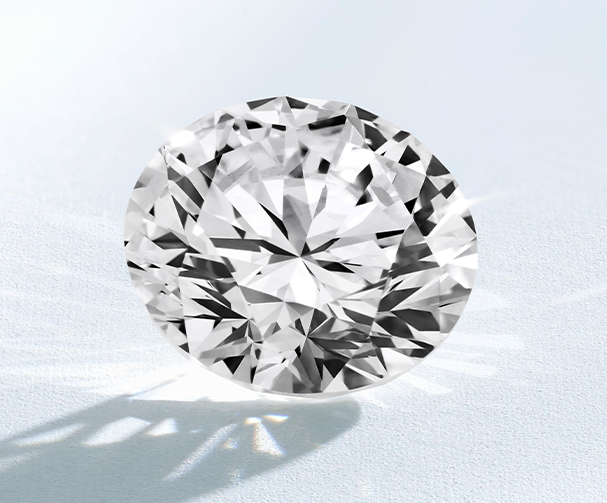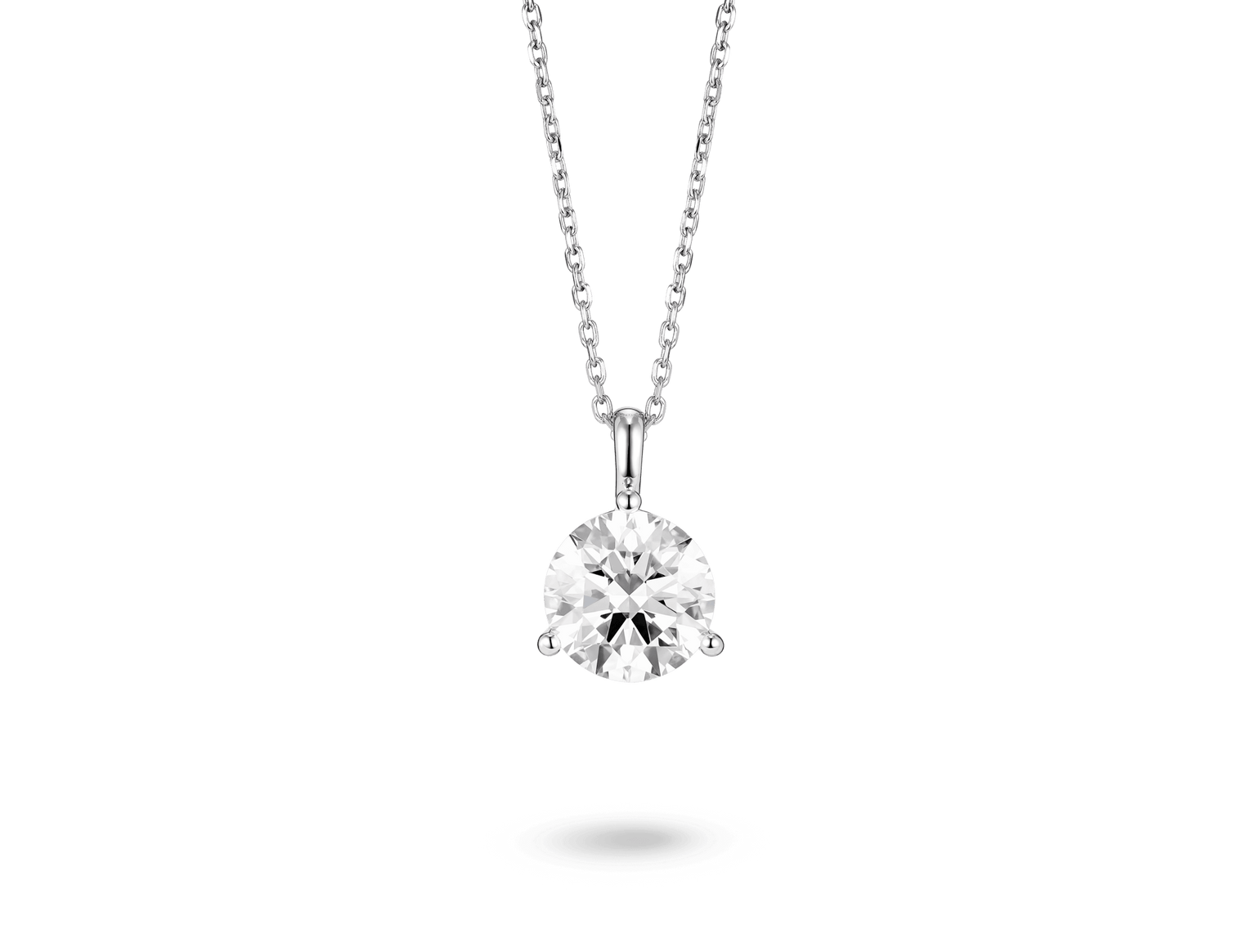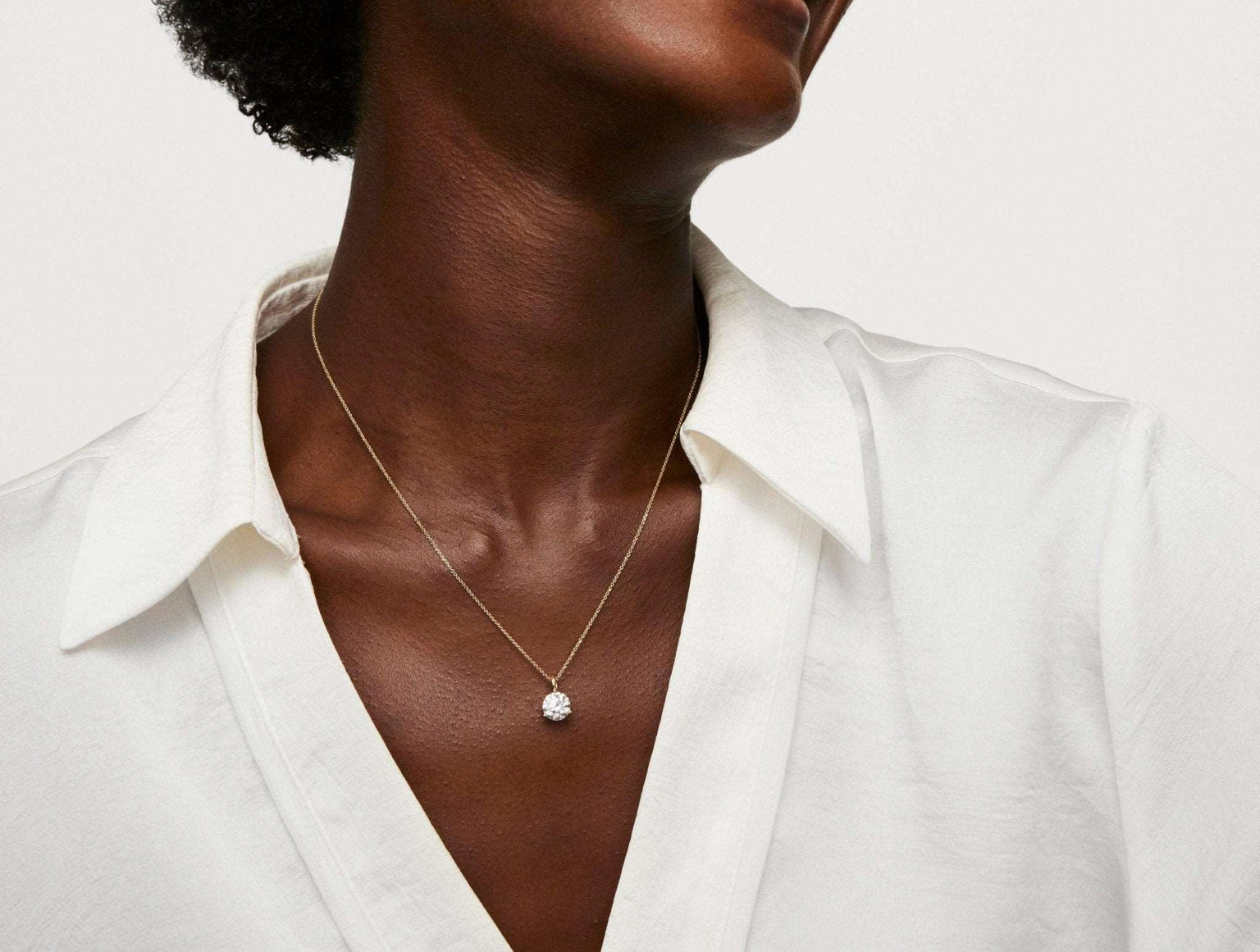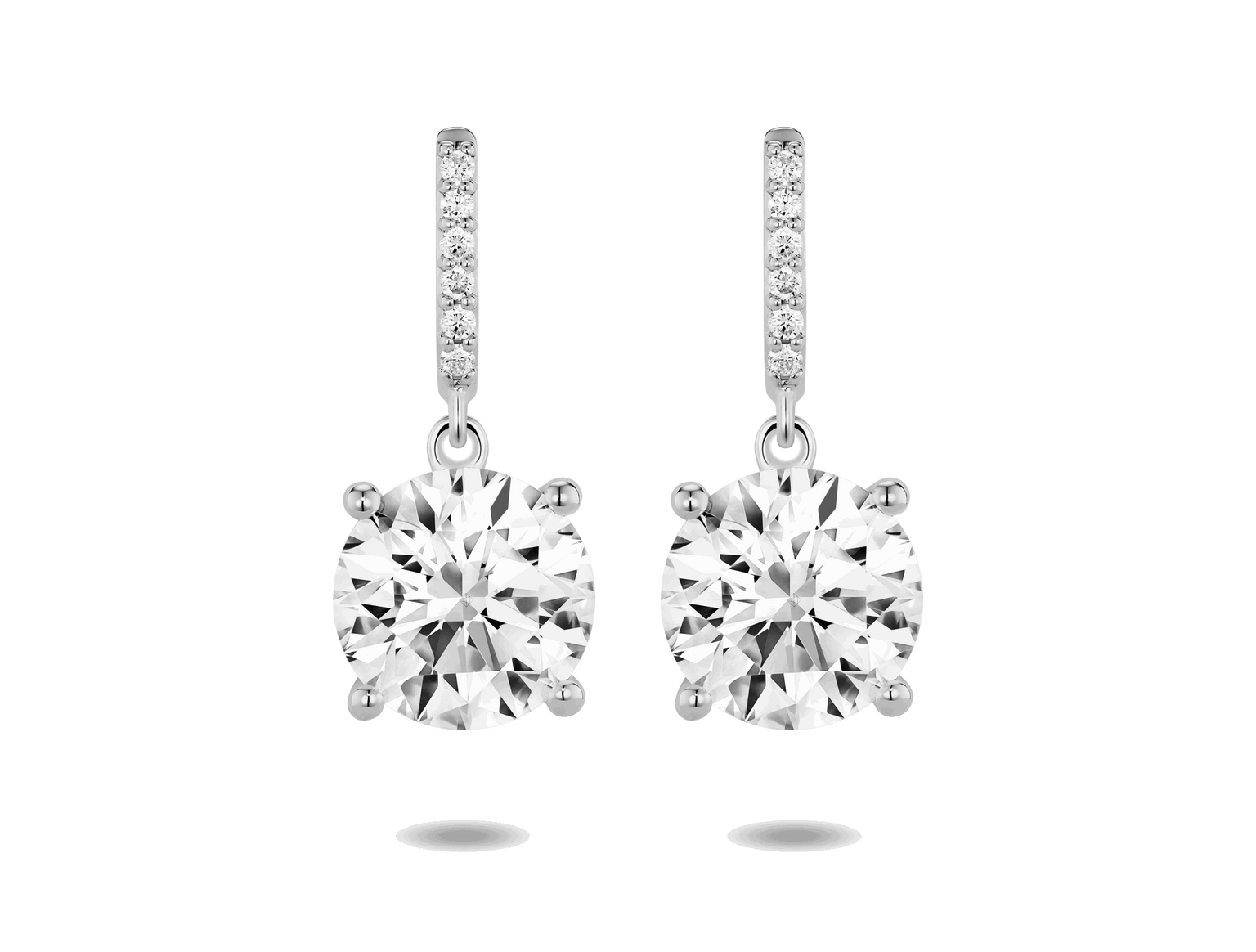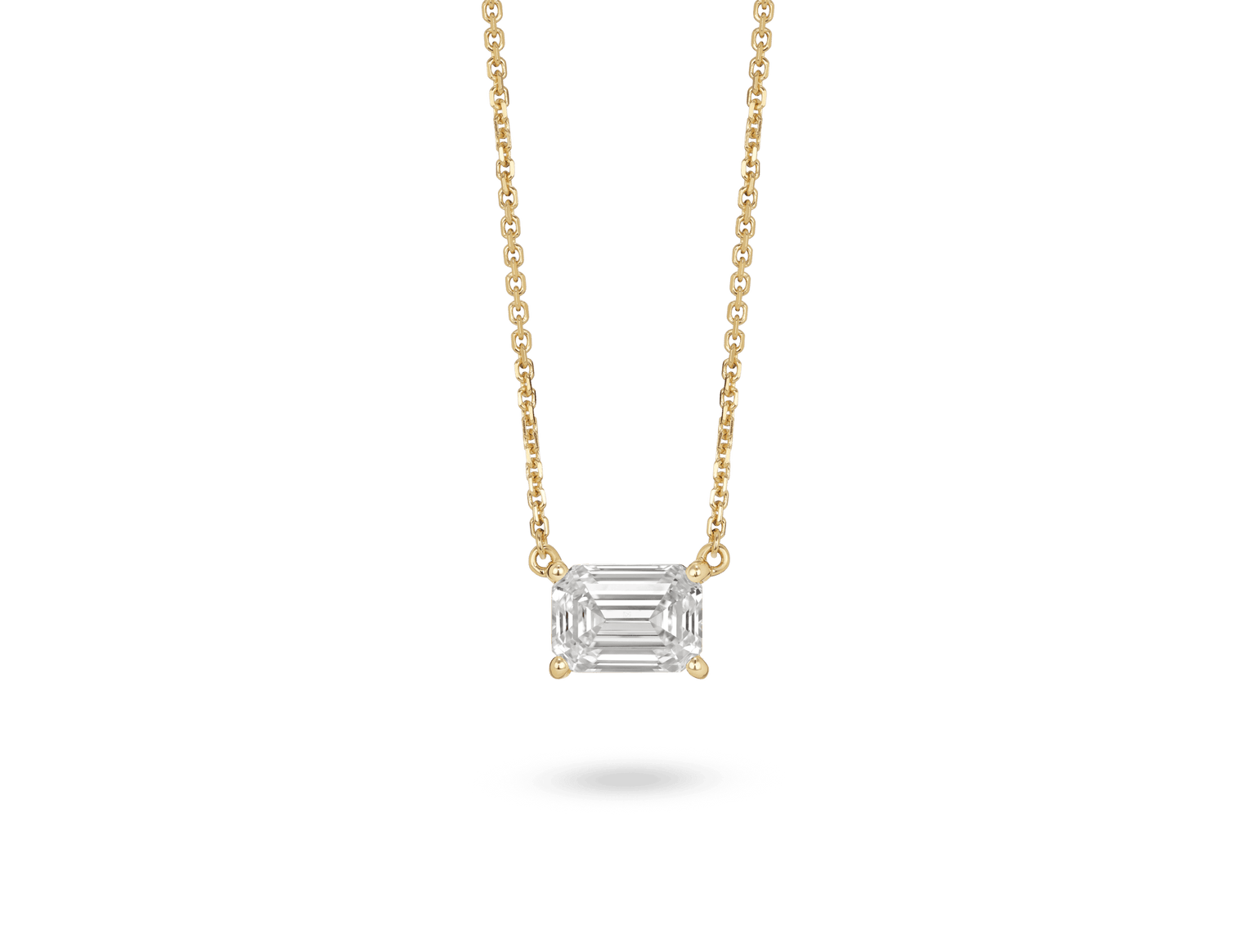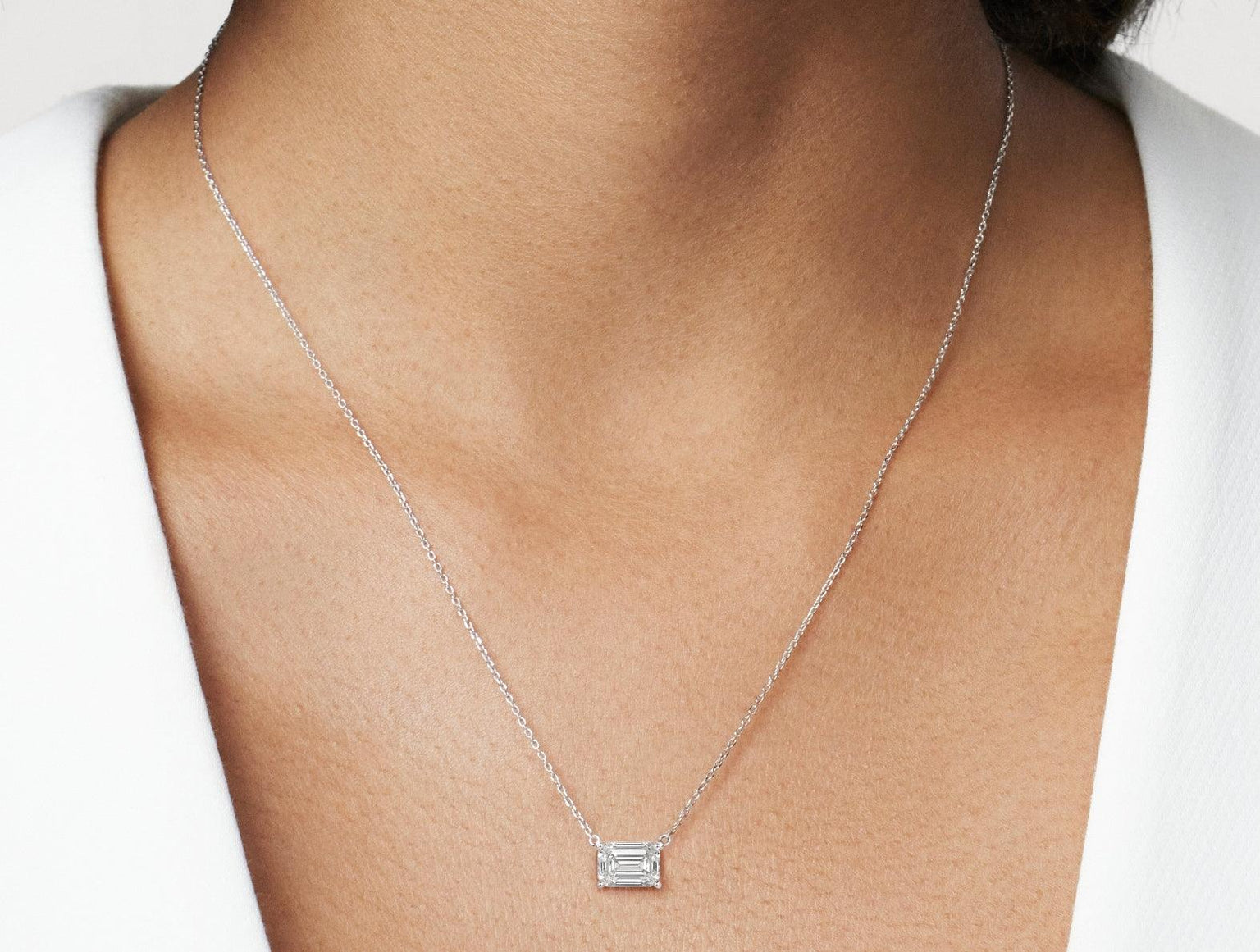If you’re the kind of person who does their homework before committing to a great piece of jewelry—then this guide is for you. Whether it was our commitment to transparent lab-grown diamond pricing or our colorful stones that brought you here, we’re glad you came. At Lightbox, we’re dedicated to going deep into the details of jewelry to clarify everything from moissanite vs. diamond to how simulated diamonds compare to natural and lab-grown diamonds.
Because we know there’s more to buying a piece of jewelry than the price tag, we want to offer you resources for helping you explain all things jewelry to your group chats. Here, to help you add to your arsenal of sparkling buys, we’re covering everything you need to know about white gold vs. yellow gold, like is white gold stronger than yellow gold, is white gold cheaper than yellow gold, and more.
A brief intro to white gold and yellow gold
With peak moments in the ‘80s and ‘90s (even as platinum emerged as a trendy metal of choice), yellow gold is and will always be tremendously popular in jewelry design. Considered timeless and classic, the rich metal is available in a subtle range of showstopping shades that complement a variety of skin tones. Gold is incredibly soft by nature—especially in its purest form of 24-karat—so jewelers often mix it with other metals in a process called alloying, to give the gold more durability and achieve its desired shade of yellow.
White gold is created when pure gold is alloyed with metals like palladium or silver and, in most cases, a plating of rhodium is added for strength and a bright shine. That luminosity is why so many people choose white gold as the finish of choice for engagement, commitment, and special occasion jewelry -- or for every day quality, just like Lightbox.

What are the differences between yellow gold and white gold?
The most obvious difference between the two, of course, is their coloring. Yellow gold and white gold both contain the same pure gold core, but look dramatically different as they range from a warm yellow to a bright white. When it comes to choosing between them, personal preference is often the biggest deciding factor since both white gold and yellow gold are quality choices for jewelry.
Under the surface, there are a few key differences, too, including how the golds are made. A higher karat yellow gold is usually a deeper yellow color than a lower carat, depending on the metals it’s mixed with. Mixing metals and textures in layers, however, is an innovative way to personalize your look. At the end of the day, you want to find jewelry that makes you feel confident and totally you.
Picking the Best Gold for Your Skin Tone
Yellow gold is considered the most universally flattering shade of gold, and it works great with colored stones and also plays well with white diamonds and lab-grown diamonds. People with warmer skin tones tend to gravitate towards shades of yellow golds, which add warmth and depth. The cooler sheen of white gold makes it the perfect pairing for colorless diamonds, but it also means it stands out against most complexions. If your skin tone has bluish undertones, rose gold, silver, and white gold could be a great fit.
Trying gold jewelry trends
When comparing yellow gold vs. white gold value, or trying to narrow down your shopping cart, the contents of your closet are just as important as your budget. If your go-to look is more classic and traditional, yellow gold is a winning choice as it is an elegant metal that works well with all skin tones and transcends fleeting fashion trends. White gold is commonly seen as a more modern option and is often the go-to for white diamond jewelry, like special occasion ring settings and stud earrings, because it helps the diamond pop and enhances sparkle.
Trendsetters are predicting 2021 and beyond to be a gilded era for gold. Pantone, a leader in color trendsetting and forecasting, named Marigold one of the top colors for the spring-summer 2021 New York Fashion Week color palette, calling the shade warm and inviting. Shutterstock, a leading website for creative assets, used search data of industry creatives to name Fortuna Gold color of the year for 2021.
Is white gold better than yellow gold?
Is white gold stronger than yellow gold? How do the two stand up to daily wear? These are common questions to ask before making a significant purchase. The fact is that both white gold and yellow gold are excellent choices for your busy, yet fabulous, life. But finding the right fit for your lifestyle might require a bit of introspection. Consider how you typically handle your jewelry. Are you diligent about following common jewelry care tips, like reclasping your necklace and proper storage tips? If so, a higher karat weight could work well. But, and be honest here, if you hit the gym hard, swim, and live your best life with your accessories as a bit of an afterthought—then, a lower karat weight might be ideal too.
Is White Gold Real Gold?
Yes, white gold is real gold. (Rose gold is real gold too, BTW.) Real gold versus gold-toned jewelry is where you’ll get the details on terms such as gold filled, gold plated, or gold vermeil. Want to get the lowdown? Here’s a lovely guide to understanding the types of gold on the market.
Is White Gold More Expensive Than Yellow Gold?
When you’re dealing with the same karat weight, there is very little difference in the price of white gold vs. yellow gold. The price discrepancy is most common when you fluctuate between higher karats, like 24-karat and 18-karat, and lower weights like 10-karat and 14-karat.
Now that you’ve learned about metal types, it’s time to peruse our guide to stone shapes that covers everything from princess cut to cushions and will get you one step closer to finding your ideal lab-grown diamond piece.



